How to Engage Students in Critical Thinking Colourful Teaching For You

25 Critical Thinking Examples (2024)
It can be as simple as a verbal affirmation ("That's a great point, I haven't thought about it that way!"), or it can be something that is used to shape the ensuing dialogue ("I love that, let's imagine the situation that she described and discuss the problem in groups"). Build on what your students know.
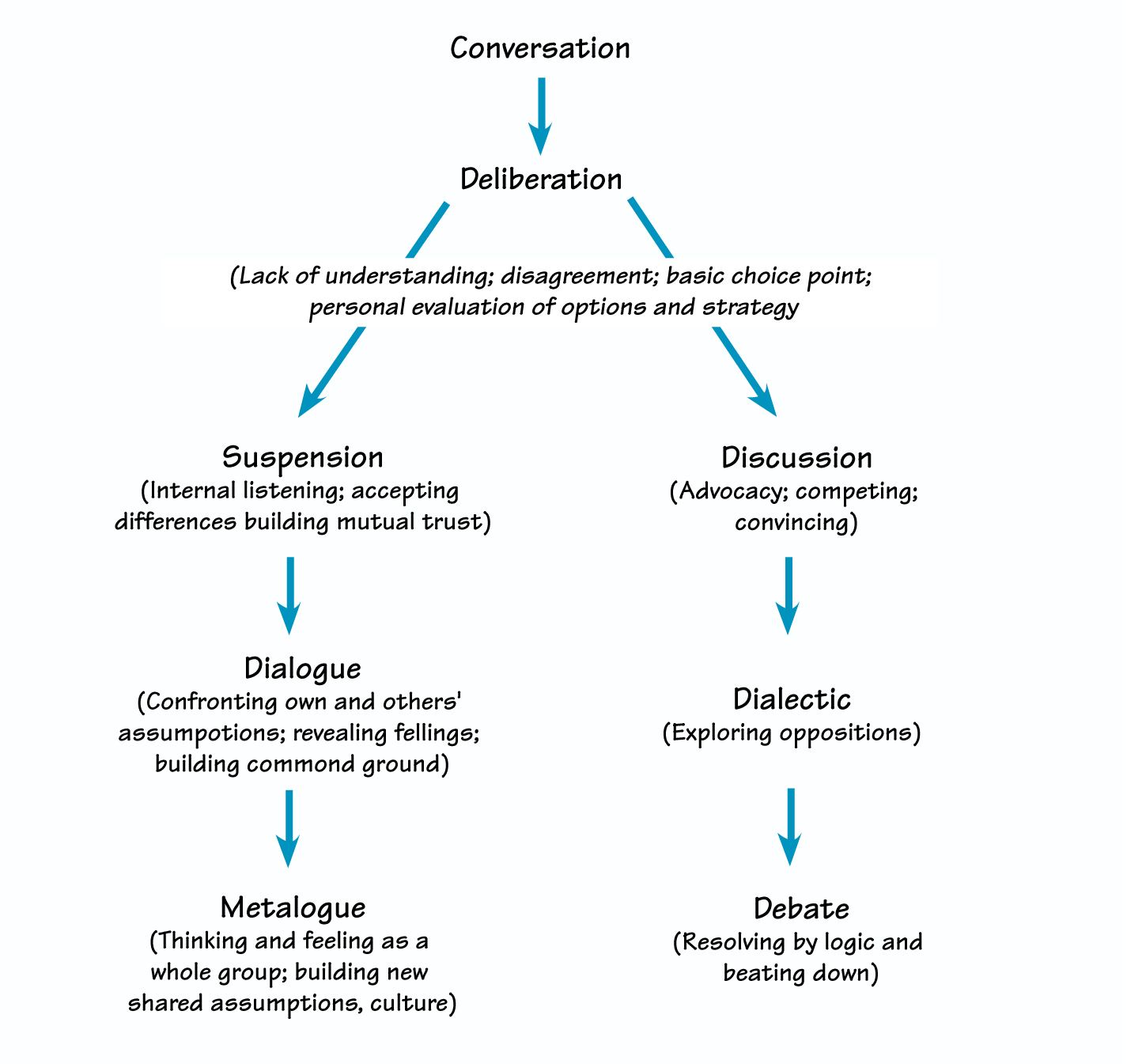
The Systems Thinker The Process of Dialogue Creating Effective
Nevertheless, when engaging with perspective-taking exercises, I argue that instructors ought to prioritize the development of students' critical thinking skills. In part three, I focus my discussion on incorporating nonfiction perspective-taking readings into university course syllabi as a way to develop students' critical thinking while creating the conditions for transformative learning.
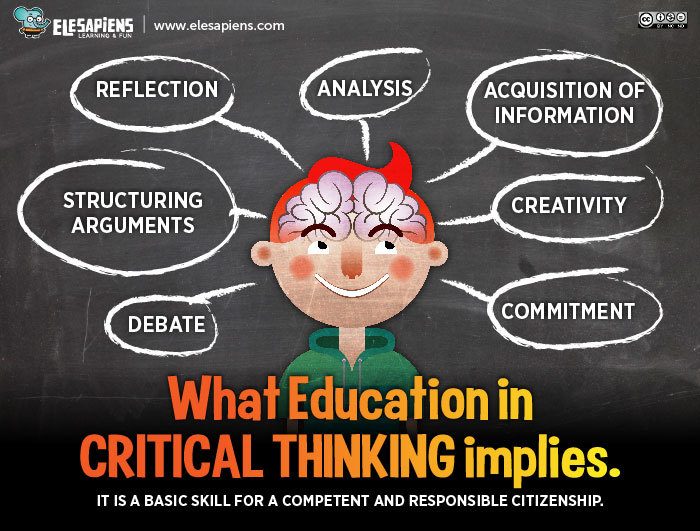
Critical Thinking For Students With Autism — Story Understanding It’s
Students should be involved in creating a contract that honours critical dialogue and reflective learning. This will help ensure that students feel safe to be who they are and to say what they honestly think, while being respectful to others. Practice transparency. Communicate clearly to students, administrators, and parents about your.
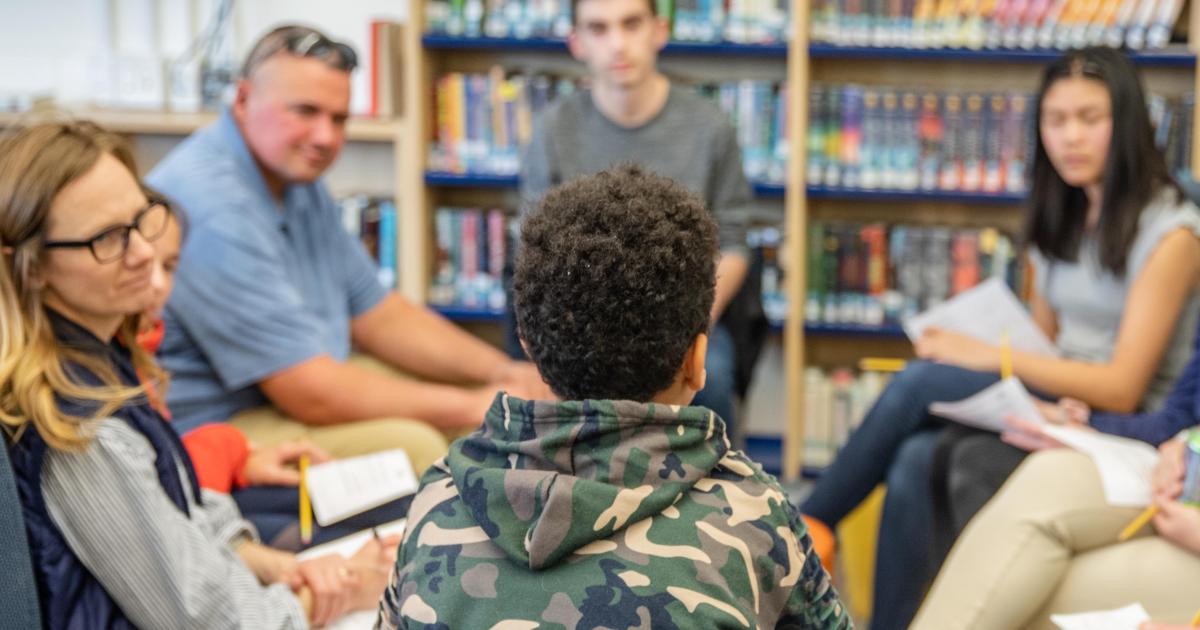
Empowering Students Through Dialogue Essential Partners
Instructional conversations are a form of discussion-based lessons that develop students' conceptual and linguistic skills through guided discourse. Students engage in exchanges with their peers and instructor to communicate their personal understandings and negotiate meaning of content on various levels ( Goldenberg, 1991 ).
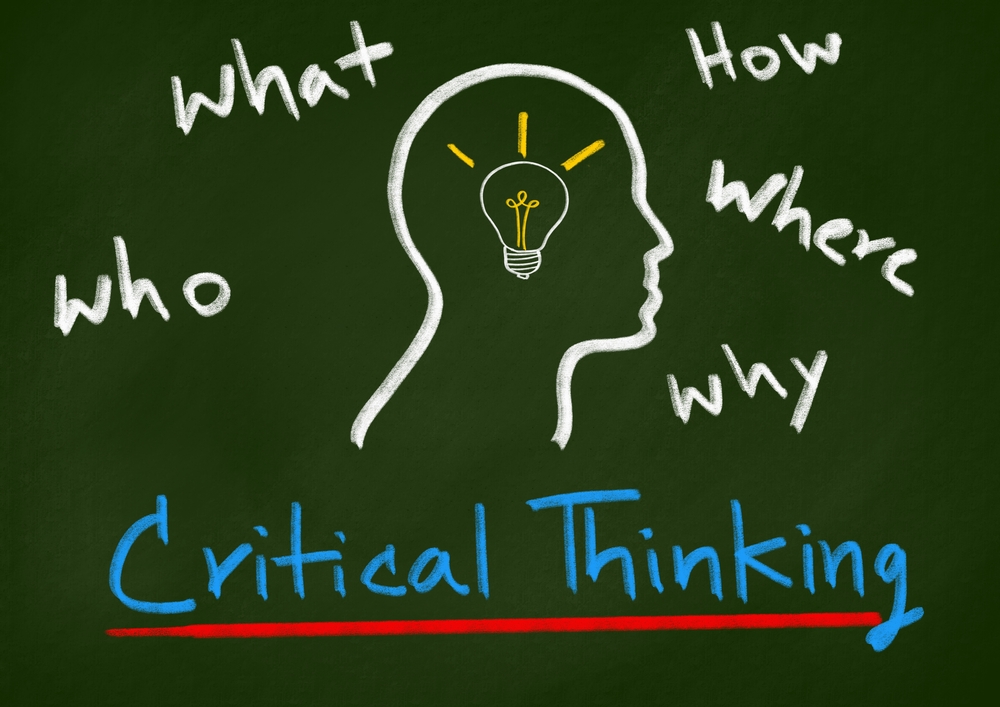
Developing Critical Thinking Skills in Kids How to help students
We need to be prepared to guide dialogues around these critical subjects, as it enables us to empower our students to comprehend, dissect, and engage with these topics thoughtfully (Webb, N.M, 2010). Nonetheless, the significance of discussion-based education transcends the confines of trending topics or current affairs.

How to Engage Students in Critical Thinking Colourful Teaching For You
From a social constructivist perspective, dialogue is a critical activity through which knowledge construction, in the broad sense of meaning making, takes place (Ford 2012).Dialogue partners must commit to taking turns articulating their own ideas as speakers and seeking to understand their partner's ideas as listeners (Wells 2007).This dialogicality (Koschmann 1999) introduces a tension.

Critical Thinking Games For College Students
In this case, Mr. Nelson's facilitation of dialogue through responsivity (Goldenberg, 1992) and acceptance of otherness (Anderson, 1991) validates Toru's contribution in that his teaching practices building on such contributions create spaces for other students to engage with answers of their own. The use of such dialogic opportunities in this manner allows for the possibility for students to.
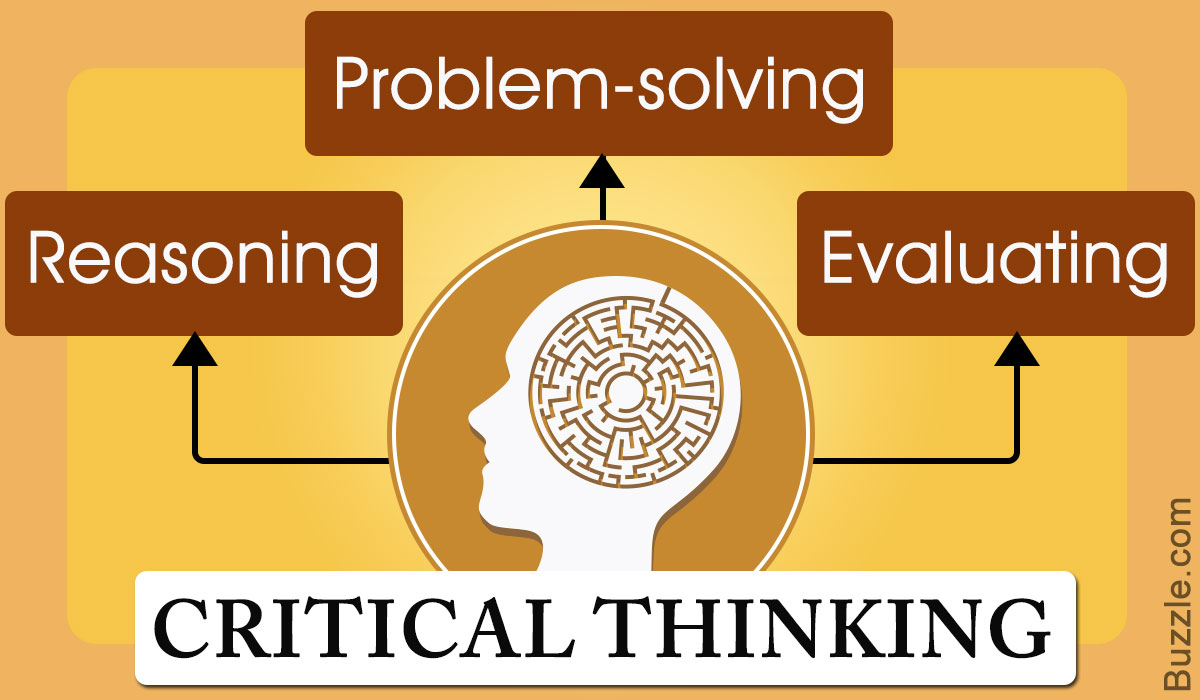
How to promote Critical Thinking Skills Modern School
When teachers engage in more discussion and dialogue in their classrooms where they encourage the exchange of ideas with the purpose of sharing information and solving problems and achieving common understandings by building on each other's ideas that guide and prompt students thinking, then students, in turn, are more likely to engage in 'learning talk' (A. Alexander, 2008, p. 112.

Developing Critical Thinking through education technology
The word "critical" in critical conversations stems from the overarching goal of critical theory, which is to confront issues of power, privilege, and hegemony as oppressive forces (Kincheloe et al., 2011). In the English language arts (ELA) classroom, for example, teachers might engage in conversation about how Jade, the main character in.
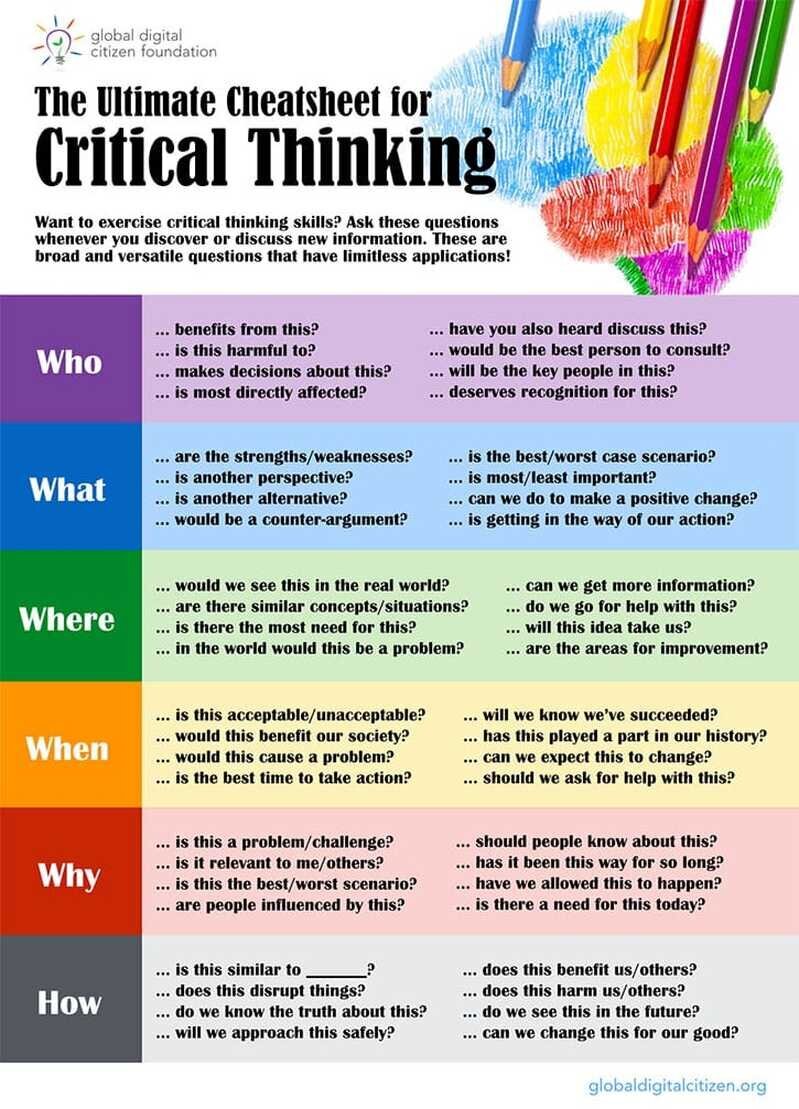
Critical Thinking strategies for students and teachers — Innovative
Teachers and students generally play a critical role in promoting dialogue in the teaching and learning process (Gillies, 2020; Kim & Wilkinson, 2019). The main role of the teacher in dialogic.

Strengthening Students’ Speaking and Listening Skills Responsive
3.3.1. Opening up. One main way in which the teacher's dialogic moves seemed to have stimulated students' critical thinking is by simply opening up the discursive space for critical thinking through moves such as eliciting students' ideas or opinions (El3) and requesting students to add to others' contribution (In3).

Effective dialogue
Introduction. In this paper we explore how higher education (HE) teachers' Footnote 1 understandings and values of a dialogic teaching approach as a way of supporting students' critical thinking skills developed through a series of teacher development workshops. In particular, we examine teachers' experiences of using a dialogic teaching approach in an online context.

Home Critical Thinking RasGuides at Rasmussen University
1. Anti-proximity. One of the most well-known strategies for classroom management is proximity. We all are aware of the power of moving closer to a student to help them be more attentive, participatory, or engaged, or even better behaved. Sometimes to create equity it's better to move away from the student.
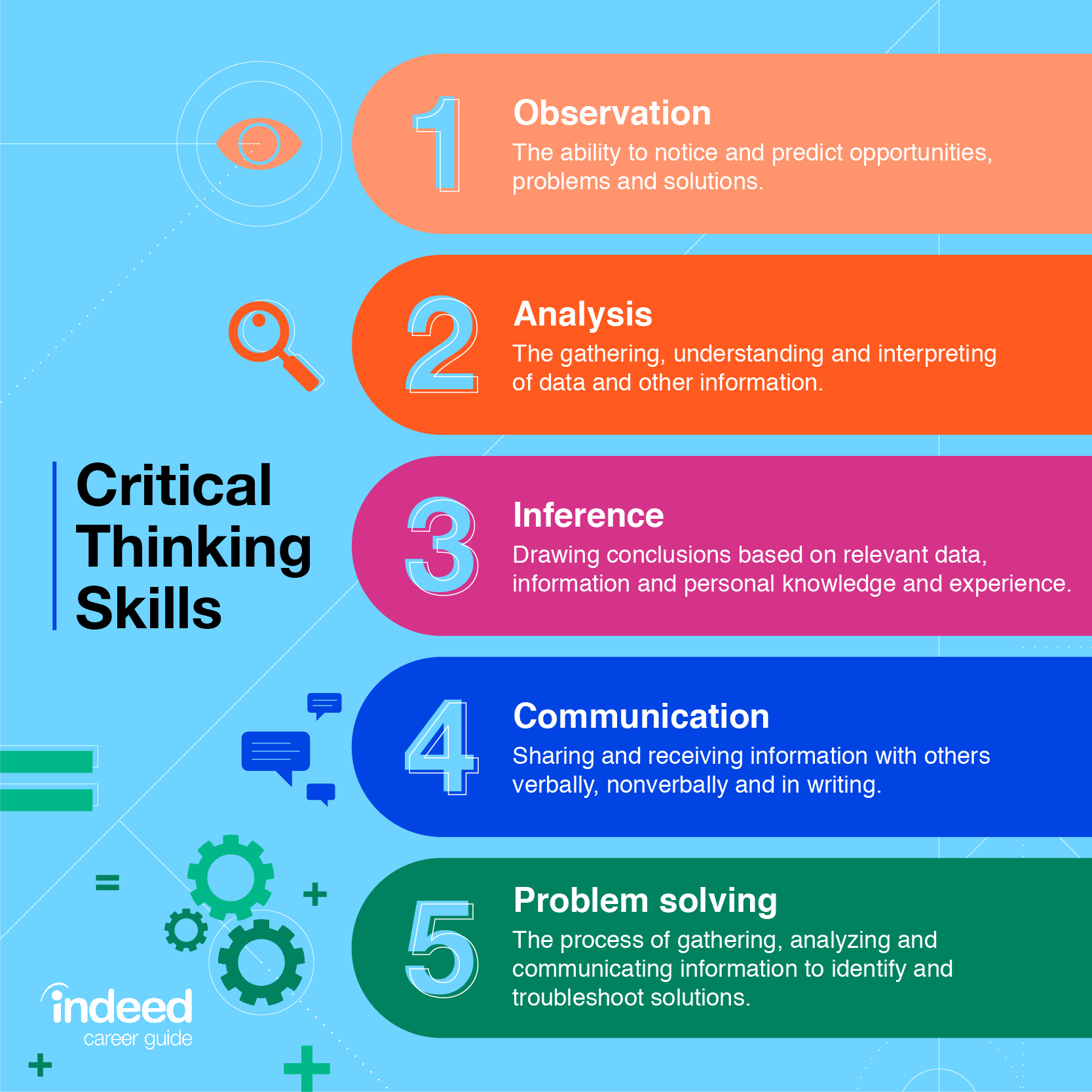
6 Main Types of Critical Thinking Skills (With Examples)
They discuss concepts, express ideas, challenge others' thinking, and answer deep learning questions presented by the teacher. The fact is that many students lack the skills they need to focus, deepen, and extend conversations about academic topics. Engaging in rich academic conversations is not something with which many students are familiar.
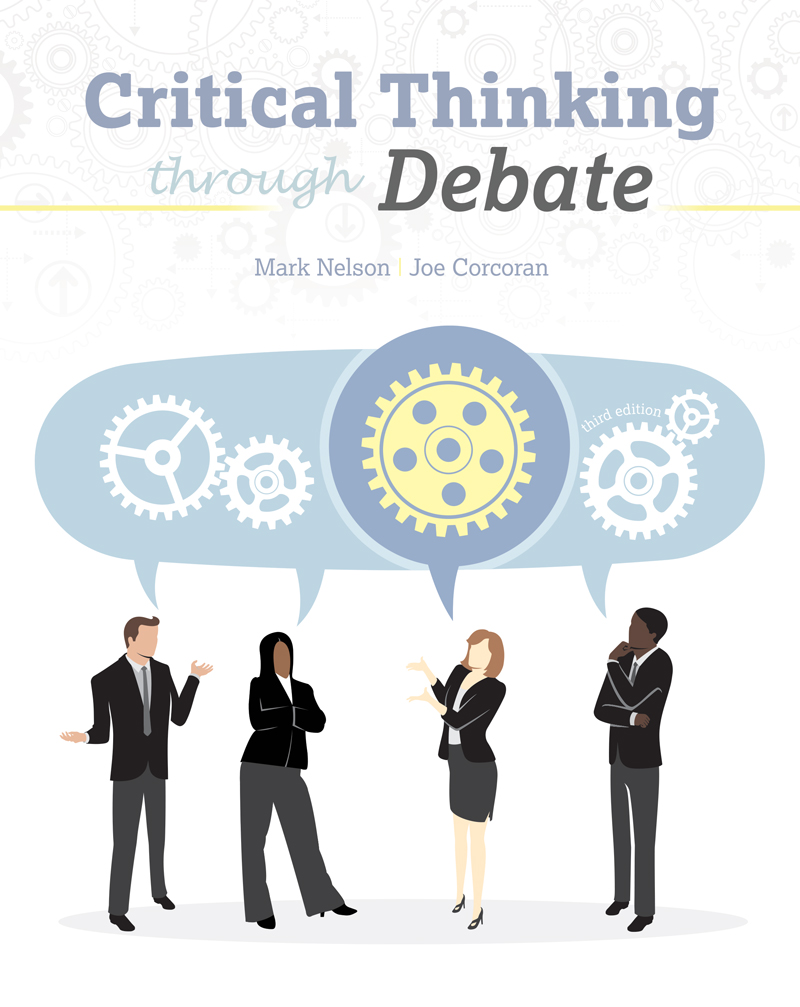
Critical Thinking through Debate Higher Education
Literature. Student engagement is the level of effort, interest and attention that students invest in the learning process (Klem & Connell, Citation 2004; Marks, Citation 2000).However, meaningful engagement is deeper than simple participation and involvement (Speight el al., Citation 2018).In general, student engagement has three dimensions: behavioural, cognitive, and emotional (Klem.
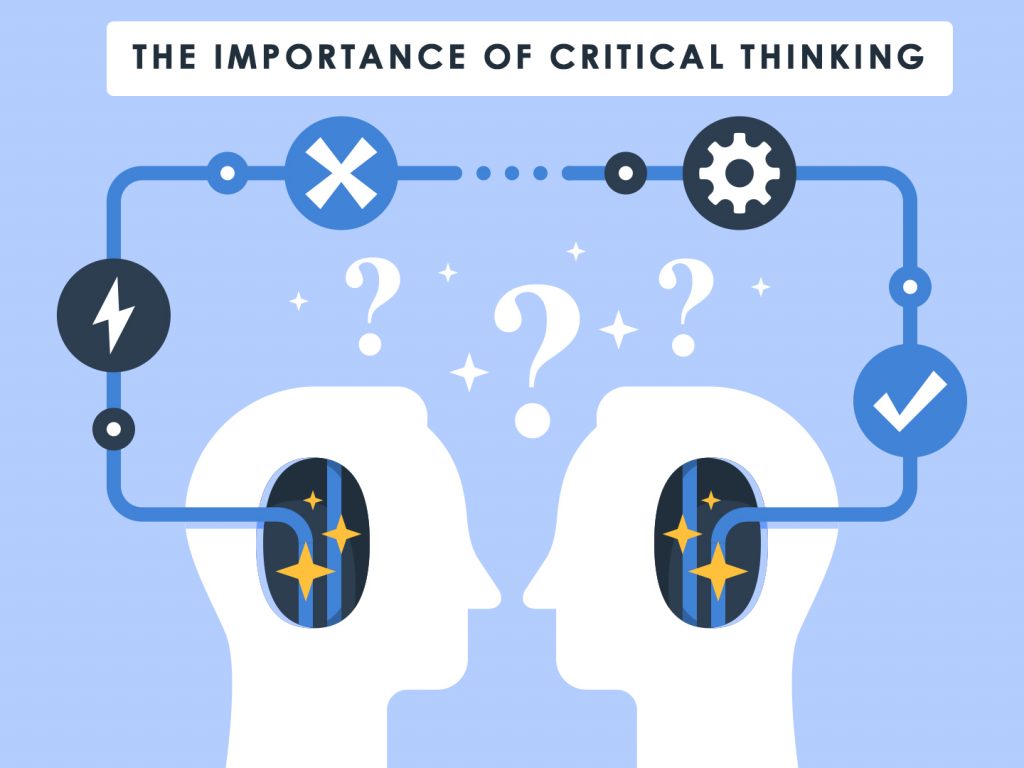
The benefits of Critical Thinking for Students Critical Thinking Skills
The Role of Conversation in the Classroom - Promoting Student Voice through Instructional Dialogue. IDRA Newsletter. Johnson, P. (May 2015). The Role of Conversation - Engaging Students in Critical Thinking through Dialogue. IDRA Newsletter. Latham Sikes, C. (November 18, 2021). Show Us Your… Books? The Latest Texas Efforts to Censor.